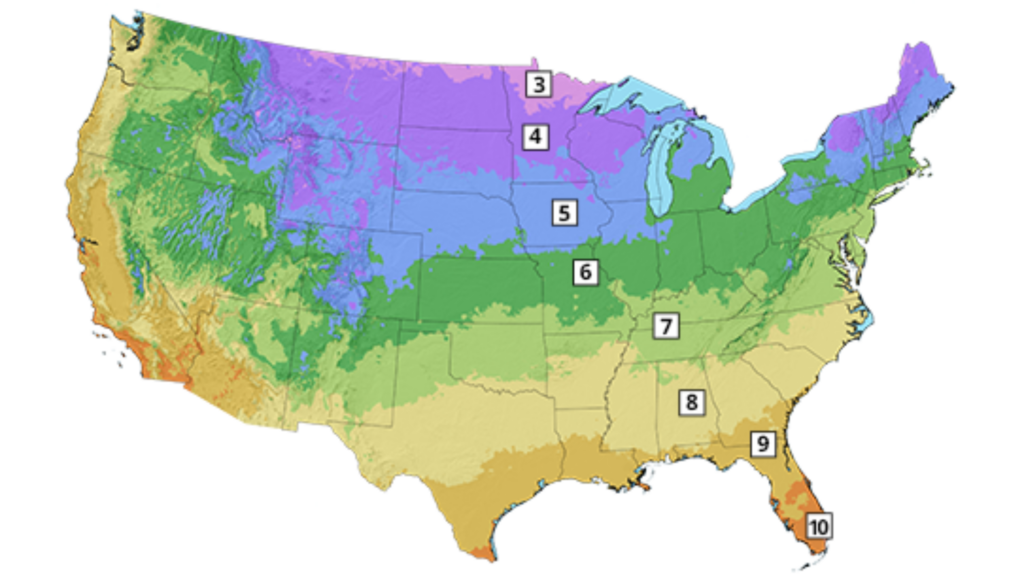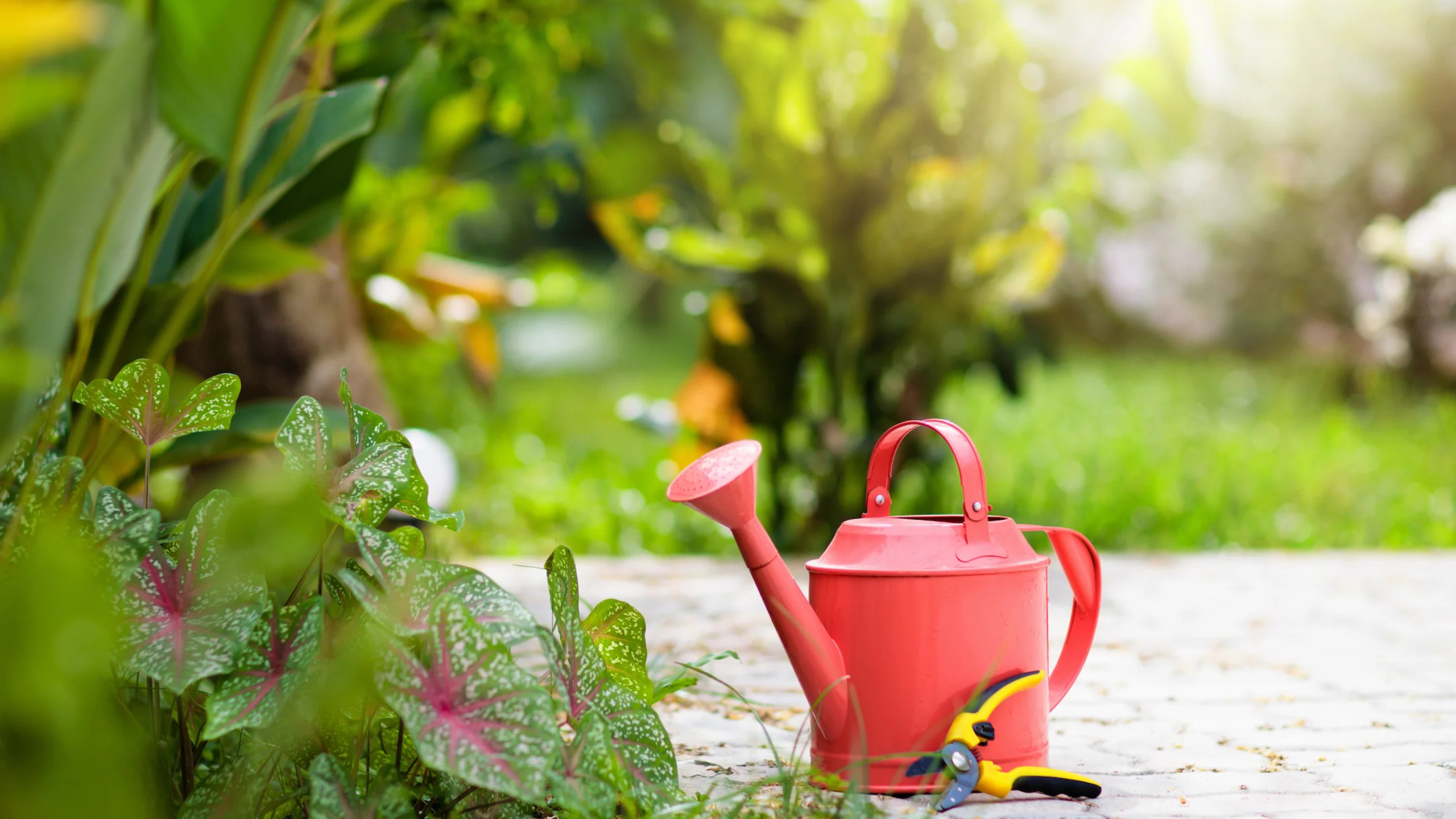April is an exciting month for gardeners across the United States. As temperatures warm and longer daylight hours return, it’s the perfect time to plan and plant your spring garden. In this guide, we’ll explore what to plant in each USDA zone, ensuring that you make the most of the gardening season. Whether you’re in a chilly region or a warmer climate, there’s something for everyone to cultivate!
Understanding USDA Zones
The USDA Plant Hardiness Zone Map divides the country into 13 zones based on climate. These zones help gardeners determine which plants are best suited for their local conditions. Here’s a quick breakdown:
- Zones 1-3: Cold climates
- Zones 4-6: Cool climates
- Zones 7-9: Mild climates
- Zones 10-13: Warm or tropical climates
Now, let’s dive deeper into what you can plant in April for each zone!

Zones 1–3: Cold Climates
In these colder zones, the risk of frost is still prevalent in early April. Here’s how to maximize your planting potential:
Start Indoors
Beginning your planting indoors gives your plants a head start before the frost-free date. Consider starting:
- Tomatoes: A garden favorite, tomatoes thrive best when started indoors. They require warmth and light, so make sure to provide adequate conditions.
- Peppers: Like tomatoes, peppers need a consistent warm environment to germinate and grow successfully.
- Eggplant: Known for their glossy, purple fruits, eggplants also benefit from a head start indoors.
- Broccoli: A cool-weather crop, broccoli can handle the fluctuations of early spring temperatures.
Direct Sow (if Soil is Workable)
Once the soil is workable, you can start planting directly in the garden:
- Spinach: This leafy green loves cool weather and can be sown as soon as the ground is thawed.
- Kale: Another hardy leafy vegetable, kale can also tolerate the cooler temperatures of early spring.
- Carrots: These root vegetables can be sown directly into the garden soil for a nutrient-rich addition to your meals.
Zones 4–6: Cool Climates
In cooler climates, April marks the transition into full planting season. Here’s what to focus on:
Direct Sow
You can begin planting directly in your garden:
- Peas: These seeds thrive in cooler temperatures and are an excellent early crop.
- Lettuce: Leafy greens like lettuce grow well in cooler weather; they can be sown directly in April for a fresh salad harvest.
- Radishes: Fast-growing radishes can be planted early for quick returns.
- Beets: These root vegetables are another great crop to sow directly.
- Carrots: Carrots continue to be a good option for direct sowing in April.
Start Indoors
For a head start, consider starting the following indoors:
- Cucumbers: These warm-season favorites benefit from starting indoors and can be transplanted outside once the weather warms.
- Squash: Start summer squash indoors to ensure a quicker harvest once planted outside.
- Tomatoes: As mentioned before, tomatoes thrive best when started early indoors.
Zones 7–9: Mild Climates
Gardening in mild climates offers a longer growing season, allowing for a broader plant selection.
Direct Sow
Sow these seeds directly in your garden:
- Beans: Quick to grow, beans can flourish in the warmer temperatures of spring.
- Corn: Another warm-weather crop, corn thrives once the soil has warmed up.
- Cucumbers: These can be sown directly into the ground after the last frost date.
- Squash: A versatile plant that can be sown directly in milder climates.
- Okra: As a heat-loving plant, okra should be sown after any threat of frost has passed.
Transplant Outdoors
Consider transplanting these seedlings to your garden:
- Tomatoes: These should be hardened off before being transplanted outside.
- Peppers: Ensure they are well-acclimated to outside conditions before transplanting.
- Eggplant: Similar to tomatoes and peppers, they need warm conditions to thrive.
Zones 10–13: Warm/Tropical Climates
In these warm zones, planting in April can lead to bountiful summer crops.
Direct Sow / Transplant
You have more flexibility with both direct sowing and transplanting:
- Sweet Potatoes: These thrive in warm soil and can be planted directly.
- Peppers: These can be sown directly or transplanted for an earlier start.
- Beans: Both bush and pole beans can be sown directly into the garden.
- Melons: Sweet melons love the warm weather and can be planted this month.
- Okra: This heat-loving vegetable thrives in warm climates and can be directly sown.
- Eggplant: As in other zones, eggplant should be well acclimated before transplanting outdoors.
Conclusion
April is a fantastic month for planting, regardless of your USDA zone. By understanding the specific needs and optimal planting times for your region, you can enjoy a fruitful harvest throughout the growing season.
Whether you prefer starting seeds indoors or direct sowing, your garden awaits! Don’t forget to monitor soil conditions, and plant according to your local climate to ensure the best results.
Happy gardening! If you have any questions about planting in your specific zone, feel free to ask below!

